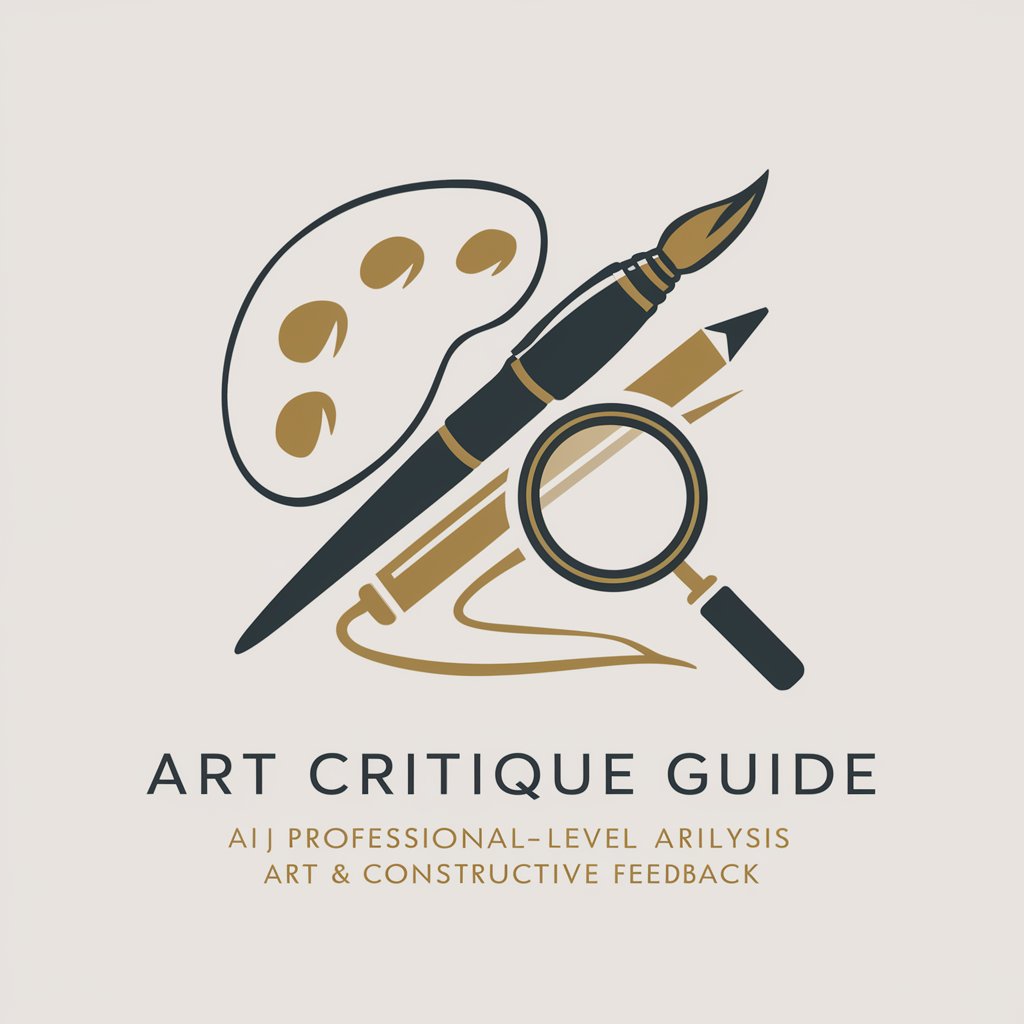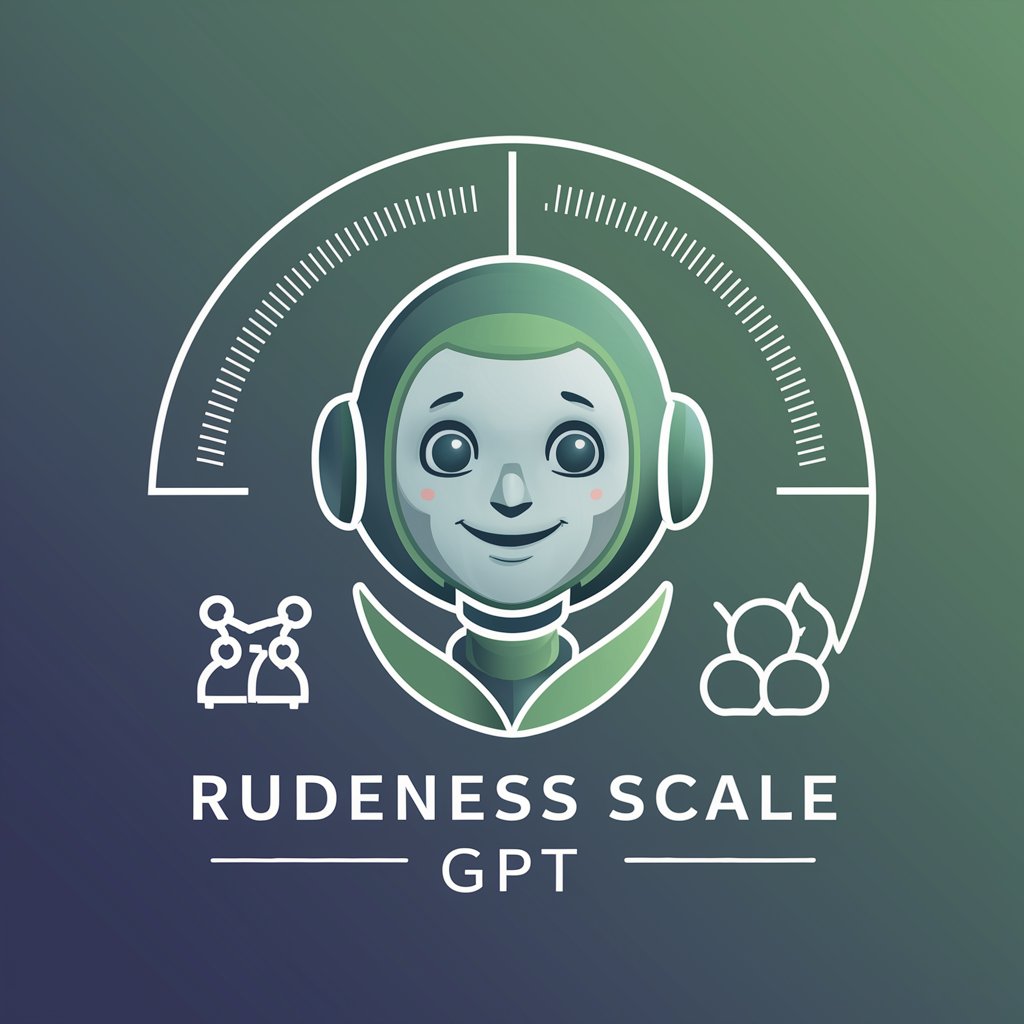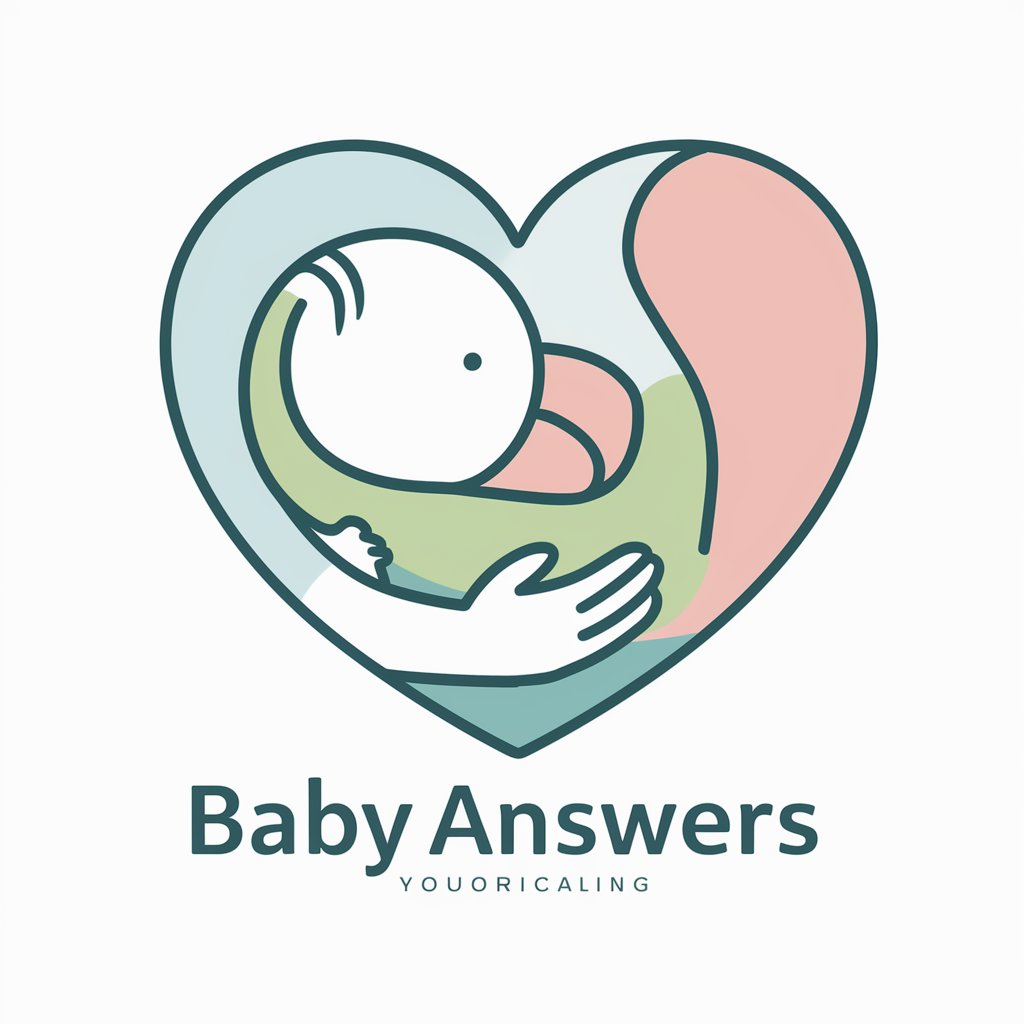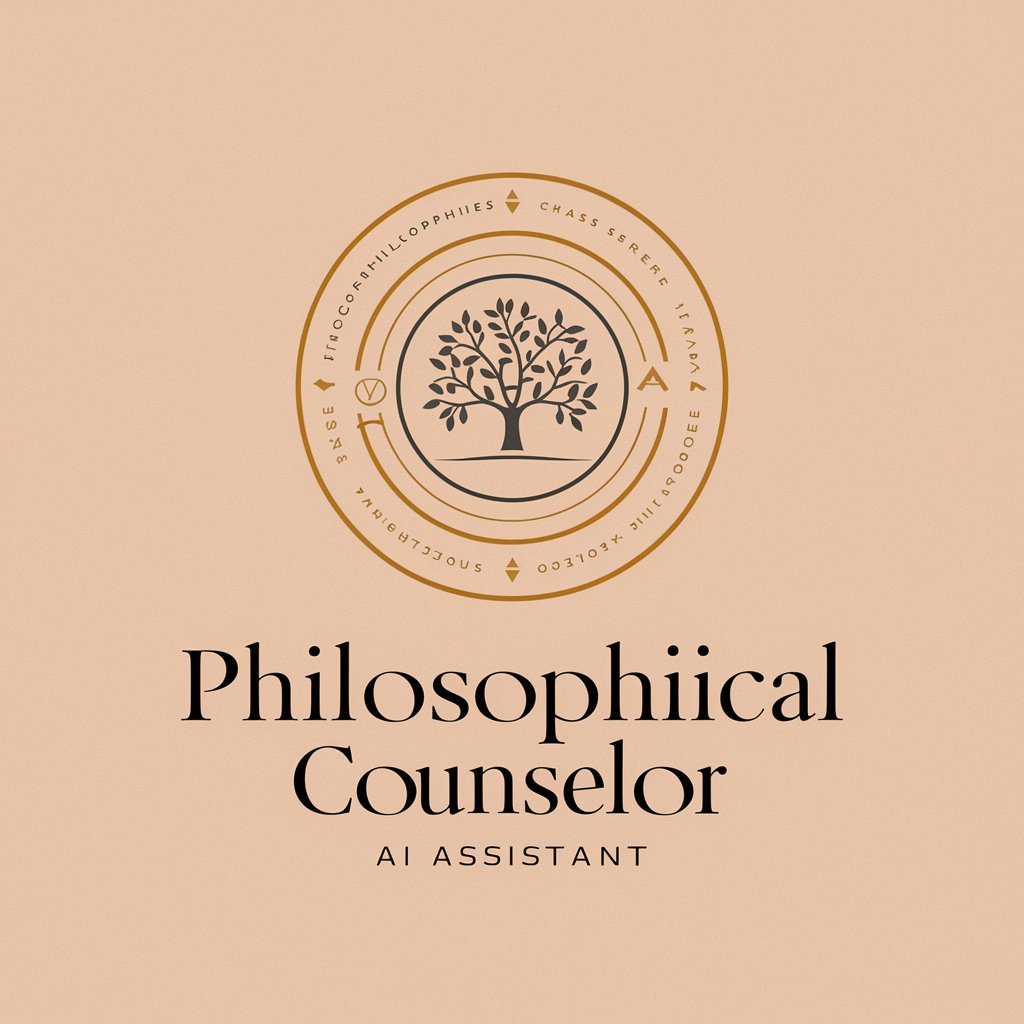Art Critique Guide - Artwork Critique Tool

Welcome to Art Critique Guide, your expert in art analysis and feedback!
Elevate your art with AI-powered critiques.
Analyze the use of color and lighting in this artwork, focusing on how they impact the overall mood.
Evaluate the composition and spatial arrangement in this piece, considering how effectively it guides the viewer's eye.
Discuss the thematic coherence of the artwork, and how well the artist's intended message is communicated.
Critique the balance and harmony in this artwork, paying attention to how different elements interact and support each other.
Get Embed Code
Art Critique Guide: An Overview
Art Critique Guide is a specialized digital assistant designed to offer in-depth critiques and constructive feedback on visual artworks. This tool is meticulously crafted to assess art based on various principles including composition, color theory, use of space, thematic coherence, and the artist's intended message. It aims to provide a comprehensive review, considering the artwork's aesthetic qualities like harmony, balance, and emotional impact. By tailoring feedback to the artist's skill level and objectives, Art Critique Guide not only identifies areas for improvement but also celebrates achievements and suggests avenues for growth. For example, an artist struggling with color harmony might receive advice on color schemes that could enhance their painting, along with positive reinforcement for their skillful composition. Powered by ChatGPT-4o。

Core Functions of Art Critique Guide
Composition Analysis
Example
Assessing how elements are arranged within an artwork, considering balance, focal points, and movement.
Scenario
An artist submits a landscape painting. Art Critique Guide evaluates the distribution of elements, guiding the artist to adjust composition for a more dynamic and engaging scene.
Color Theory Evaluation
Example
Reviewing the use of color for harmony, contrast, and emotional impact.
Scenario
Upon reviewing a portrait, the guide suggests adjustments in color temperature to convey the mood more effectively, praising the artist's use of contrast to draw attention to the subject.
Thematic Coherence Feedback
Example
Analyzing the artwork's ability to convey its intended theme or message effectively.
Scenario
In critiquing a series of abstract pieces, the guide offers insights on how the artist could enhance thematic coherence across the series, applauding the innovative use of texture and form.
Technical Skill Assessment
Example
Evaluating the technical execution of the artwork, such as brushwork, detail, and material use.
Scenario
A critique might focus on the precision of an artist's line work in a drawing, offering techniques to improve steadiness and control, while commending the artist's effective use of shading.
Who Benefits from Art Critique Guide?
Art Students
Students developing their skills in art schools or courses can use the feedback to improve their technical execution and conceptual thinking. The detailed critiques help them prepare for professional evaluations and exhibitions.
Emerging Artists
Artists at the beginning of their career can use the guide to refine their style and approach, gaining insights into how their work might be received in the art community and market.
Art Hobbyists
Individuals pursuing art for personal fulfillment or as a hobby can benefit from personalized feedback, helping them advance their skills and enjoy their creative process more fully.
Art Educators
Teachers and instructors can utilize the guide as a tool to supplement their teaching, offering students a diverse perspective on their work and introducing them to the concept of constructive critique.

How to Use Art Critique Guide
Start your journey
Initiate your art critique experience by visiting yeschat.ai, which offers a no-cost trial, accessible without the need for signing up or subscribing to ChatGPT Plus.
Prepare your artwork
Select the artwork you wish to have critiqued. Ensure it's a clear, high-resolution image for the most accurate analysis.
Describe your goals
Provide a brief description of what you aim to achieve with your artwork. This includes any specific themes, messages, or techniques you're exploring.
Upload and submit
Upload the image of your artwork through the provided interface and submit it for critique. Include any questions or areas of concern you have about your piece.
Receive and apply feedback
Review the detailed feedback on composition, color theory, thematic coherence, and more. Use this constructive critique to refine your artwork and develop your skills.
Try other advanced and practical GPTs
Rudeness Scale
Elevate communication with AI-powered etiquette insights

Baby Answers
Nurturing guidance at your fingertips

Philosophy Psychologist
Unlock wisdom with AI-powered philosophy

Aldrick Baldwick
Empower Your Text with AI-Powered Persona

Study Buddy
Smart Companion for Effective Learning

VerificationGPT
Powering Truth with AI Verification

Documentary Finder
Discover. Learn. Inspire. Powered by AI.

Podcast Matchmaker
Discover podcasts that speak to you, powered by AI

Hobby Scout
Discover Your Next Passion, AI-Powered

DeviantTagger
Enhance Art Visibility with AI-Powered Tagging

Event Master Planner
Streamline Your Events with AI

Astrology Advisor
Unlock the cosmos with AI-powered astrology.

Frequently Asked Questions About Art Critique Guide
What makes Art Critique Guide unique?
Art Critique Guide stands out for its depth of analysis, offering personalized, constructive feedback on artworks based on composition, color theory, use of space, and thematic coherence, all powered by AI.
Can beginners use this tool effectively?
Absolutely. The guide is designed to cater to all skill levels by providing tailored feedback that not only critiques but also educates, encouraging improvement and learning in the process.
How long does it take to receive a critique?
Feedback timing can vary based on the complexity of the artwork and the depth of critique requested, but typically, responses are generated within a few minutes.
Does the tool offer suggestions for improvement?
Yes, it provides specific suggestions on how to enhance the artwork, focusing on areas like balance, harmony, and emotional impact, alongside highlighting the piece's strengths.
Can I use Art Critique Guide for any type of visual art?
Yes, the guide is versatile and can critique a wide range of visual art forms, from traditional paintings and drawings to digital art and mixed media compositions.
